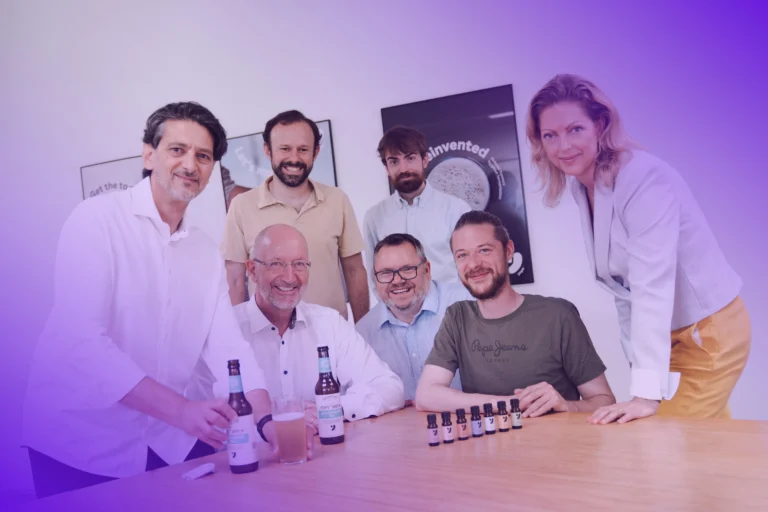

Wageningen probes tomato leaves as hidden protein source
Tomato plants may one day help feed the world in ways far beyond their plump red fruit, thanks to the protein hidden in their leaves. But turning this leafy byproduct into a practical source of nutrition is proving more complicated than it looks, according to new research from Wageningen University & Research in the Netherlands.
PhD candidate Marietheres Kleuter has spent her doctoral work investigating the potential of tomato leaves as an alternative protein source. Her findings reveal that while the leaves can contain up to 27% protein, significant technical and biological obstacles must be overcome before that protein can land on dinner plates.
'Waste doesn’t exist' is the principle behind the circular economy driving this line of research. With global demand for plant proteins rising steadily, scientists at Wageningen are exploring how to transform agricultural byproducts such as tomato leaves into valuable raw materials rather than waste. Kleuter’s research fits into this broader mission.
“Much of the protein in tomato leaves consists of Rubisco,” Kleuter explains. Rubisco is a critical enzyme for photosynthesis, enabling plants to capture carbon dioxide from the air. Ideally, she says, this protein could be processed into food products similar to tofu. But in practice, significant barriers remain. “In our experiments, the extracted protein remained green due to the chlorophyll,” Kleuter says. “Which isn’t ideal – people aren’t used to green protein – but if you use it in shakes or as a dietary supplement, for example, the color is less of a problem.”
A large part of the challenge lies in the structure of tomato leaves themselves. “There are still many factors that make extraction difficult,” Kleuter says. One critical factor is the rigid cell walls of the leaves, which form a physical barrier that hinders the release of proteins. As tomato leaves mature, the composition of those cell walls changes, further complicating the extraction process and lowering yields, especially from older leaves.
Another challenge is the natural degradation of proteins as the leaves age. As tomato leaves grow older, enzymes known as proteases break down large protein molecules into smaller fragments called peptides. “In our trials, we turned off two genes that are responsible for the production of such proteases,” Kleuter says. “That worked: protein degradation was inhibited, but not until the very end of the growth period.”
This partial success became the launching point for deeper research into how proteins are formed and degraded in tomato leaves. Kleuter and her colleagues conducted a proteomics analysis – a detailed examination of all the proteins expressed in the leaves – to understand these processes at the molecular level. The analysis revealed that many more genes influence the protein content and the ease of extracting that protein than scientists previously knew.
These insights could be crucial for plant breeders looking to develop new tomato varieties that maintain higher protein levels in their leaves, even as the plants mature. That would be a significant step forward because harvesting young leaves for protein extraction is impractical. Younger leaves are vital for photosynthesis and for the overall growth and fruit yield of tomato plants, making their removal problematic for commercial growers.
Kleuter’s work is part of a larger scientific effort at Wageningen University & Research to identify and develop new plant-based protein sources. The search for alternative proteins has become increasingly urgent as the global population grows and concerns mount over the environmental impact of animal agriculture.
One example of success in this field is duckweed, a tiny aquatic plant now permitted for food use in the European Union under the name water lentils. This approval followed years of research at Wageningen. “Ongoing studies are also looking at how well proteins from existing varieties and variants (accessions) of agricultural and horticultural crops can be extracted in practice, for example in sugar beet,” Kleuter says.
Although tomato leaves hold undeniable promise as a protein source, Kleuter’s research makes clear that practical application is still some distance away. Factors ranging from leaf cell structure to genetic pathways that control protein content all stand between the laboratory and large-scale production.
Nevertheless, her work offers valuable clues for breeders and food scientists pursuing sustainable, plant-based proteins. By better understanding the biology of crops traditionally grown only for their fruits, researchers hope to unlock new resources that could help meet future global nutrition needs – one leaf at a time.
If you have any questions or would like to get in touch with us, please email info@futureofproteinproduction.com


-p-800.jpg)



